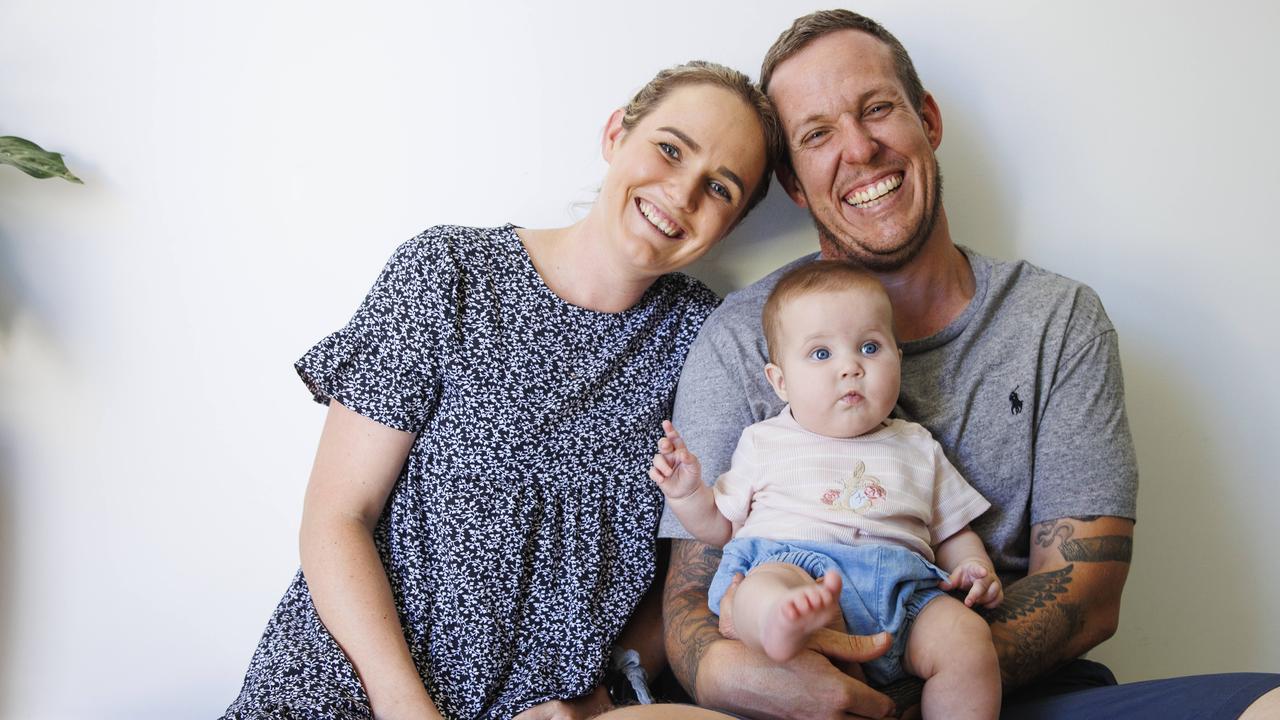Covid lifestyle changes sparked IVF baby boom, new report reveals
Demand for assisted reproduction jumped significantly in 2020 at the height of Covid. And researchers think it’s because of these factors.
Lifestyle
Don't miss out on the headlines from Lifestyle. Followed categories will be added to My News.
While the fertility rate dropped to an all time low during the pandemic, new data shows that IVF boomed.
The UNSW, National Perinatal Epidemiology and Statistics Unit and Fertility Society of Australia and New Zealand report has revealed that 87,206 treatment cycles were performed in Australia in 2020 — up 7.6 per cent from pre-pandemic figures.
City Fertility’s chief operating officer Cathy David confirmed 2020 was a record-breaking year for the national fertility group.
“Demand for assisted reproduction during 2020 increased significantly from past years and that demand has not slowed,” Ms David said.
“Our team of experts attribute the Covid baby boom to lifestyle factors, including reduced travel opportunities, work-life balance considerations and the renewed focus on family.”
The assisted reproductive technology in Australia and New Zealand 2020 report states that of the ART cycles performed across New Zealand and Australia, 86 per cent were undertaken by female-male intending parents, followed by single females (10.2 per cent) and female-female intending parents accounted for nearly 4 per cent of all cycles.

“The increased number of single females and female-female parents seeking ART services explain why there is such high demand for donor sperm,” Ms David said.
“To meet this new and growing demand, we have invested millions of dollars in the past few years into specialist donor programs to ensure patients can easily access safe donor eggs and sperm.”
The UNSW report states that the average age of a female patient in 2020 was 35 years with one in four aged 40 years or older, and the average of age of male partners was 38.
The reports highlights that one in four achieved a birth in their first cycle and one in six in their eighth cycle from 17,757 women who commenced ART treatment in 2018 and were followed until December 2020.
“One in 15 women of reproductive age suffer from some infertility affects but what this report indicates the advances in technology, expertise and best-practice in Australia is improving success rates,” Ms David said.
Queensland’s Veronica French is mum to six month old Polly after going through IVF during the pandemic.
“I am one of the lucky ones who had a baby after just one cycle, Polly is a miracle baby,” she said.




